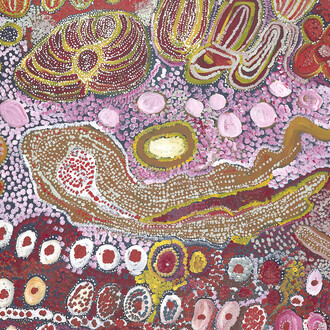Cézanne Portraits is the first exhibition devoted to the famed post-impressionist’s portraits from across his career. The exhibition explores the unconventional aspects of his portraiture, the role his portraits play in the development of his radical style and method, and the range and influence of his sitters. Rather than accepting commissions for portraits, Cézanne painted them as part of his ongoing experimentation as he searched for a pictorial language to capture his intense perceptions of the world. He rarely painted people he did not know; instead he portrayed himself, his family, his friends, art-world admirers, and working-class inhabitants of his native Aix-en-Provence with whom he felt an affinity.
The exhibition brings together some 60 paintings drawn from collections around the world. They encompass his entire career and include portraits made in Paris, where he went to launch himself as an artist, and in Aix, which remained his anchor throughout his life and where he eventually settled permanently. Several paintings are exclusive to the National Gallery of Art’s presentation, while some works have never before been exhibited in the United States. The exhibition is accompanied by a fully illustrated catalog with essays by John Elderfield, chief curator emeritus of painting and sculpture at the Museum of Modern Art, New York; Mary Morton, curator and head of the department of French paintings at the National Gallery of Art; and Xavier Rey, director of the Musées de Marseille. Also included are a biographical essay on Cézanne’s sitters by Alex Danchev and a chronology of the artist’s life by Jayne S. Warman.
The exhibition is curated by John Elderfield, chief curator emeritus of painting and sculpture at the Museum of Modern Art, New York, with Mary Morton, curator and head of the department of French paintings at the National Gallery of Art, and Xavier Rey, director of the Musées de Marseille.
















